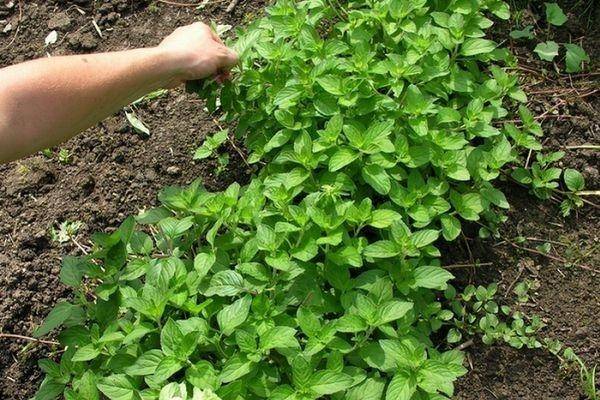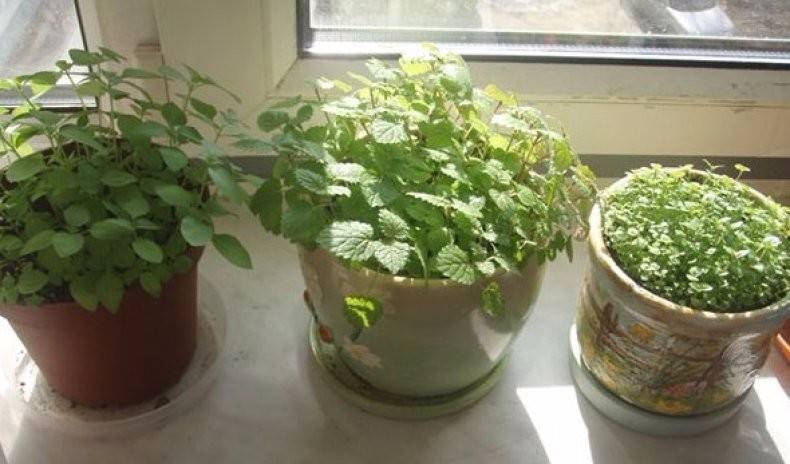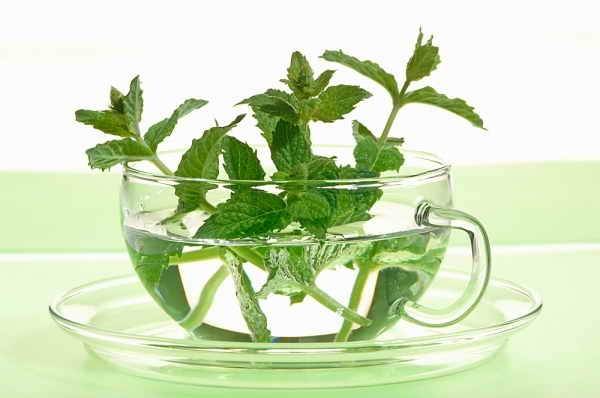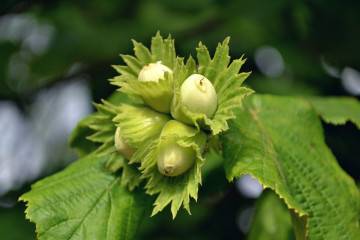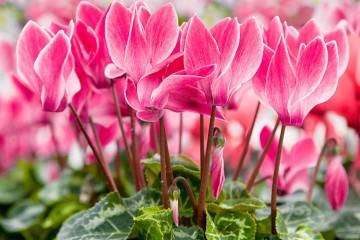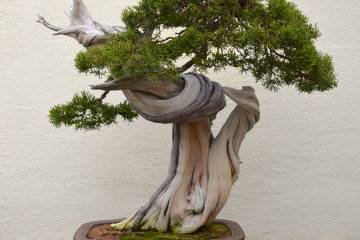How to plant mint and grow from seeds in the country
Content:
Mint is a perennial herb used as an additive to drinks and meals. Despite the fact that you can buy it in the store, many novice gardeners want to know how to grow mint in the country on their own.
How to grow mint
Before growing mint, you need to know that the seed method is quite laborious. The difficulty lies in the fact that mint seeds have a rather low percentage of germination, and therefore only a few bushes can grow from a whole handful of grains. It is best to propagate the spice by dividing or by shoots.
Growing from seeds
Before planting mint seeds in open ground, you need to accept that this process is not only difficult, but also not always giving a positive result. Seeds are sown in the spring when stable warm weather is established. Mint has very small seeds, so you do not need to deeply bury them in the ground, otherwise they will not germinate. The sowing depth should be from 0.5 to 1 cm. The distance between rows is from 40 to 50 cm, since mint, like lemon balm, grows very quickly. The soil should be watered sparingly, without creating a large flow of water that can wash the seed out of the soil. During the summer, the seedlings will take root and will be able to successfully overwinter. They do not need to organize a shelter for the period of cold weather.
Given that planting and caring for mint in the open field has its own characteristics, it can be grown using seedlings at home. For this, the seeds must be sown at the end of winter in containers, which are put on the windowsill. It is best to use plastic pallets that are long, but not wide. Before planting mint for seedlings, you should prepare the soil. It should be fertile, rich in minerals and nutrients. Purchased land can be used for vegetable crops. The container with planting material must be covered with foil to create a greenhouse effect.
Every day, the film needs to be removed for 20-30 minutes to ventilate the soil. Watering is carried out as needed. When the seeds germinate, and several leaves are formed on the sprouts, the plants can be planted in separate pots (dive). Seedlings are planted in a permanent place in the garden after warm weather. They are looked after, observing the rules of agricultural technology.
Reproduction by dividing the bush and cuttings
The division of the bush, as a way to plant mint in the country, is carried out depending on the region in April-May. Only those plants that are 3 years old are suitable for division:
- The bush is carefully dug up, divided into several parts. Each part, separated from the mother bush, must have developed roots, a couple of buds and shoots.
- Wells are prepared with a depth of 10 cm. Humus is introduced into them.
- Separated bushes are inserted into the holes, the voids are covered with earth, the soil is slightly compacted, moderately watered.
Mint propagates successfully by cuttings. Rooting can be done in water or in wet sand. When the roots reach 1 cm in length and new leaves appear, the seedlings can be transplanted into the open ground.
Where to plant mint: in the shade or in the sun
Many novice gardeners are faced with the question of how to plant mint - in the sun or in the shade. The spice prefers illuminated areas, where abundant diffused lighting is present for most of the daylight hours. If it is in the shade, it will negatively affect its growth and development, as well as its taste and useful qualities. At the same time, prolonged exposure to direct sunlight in the summer heat should not be allowed. From this, burns will appear on the delicate leaves.
Mint care
Knowing how mint grows, it becomes clear that this unpretentious culture does not need special care. In a garden on nutritious soil, she will be comfortable if she follows simple recommendations:
- Regular removal of weeds around green bushes.
- Periodic weeding and loosening of the soil.
- Sufficient watering and moisture levels.
- Feeding with phosphorus and nitrogen, which ensure the active development of mint.
- In case of strong summer heat, it is recommended to shade mint with a net during peak heat so that the leaves do not get sunburn.
Watering mode
The frequency and amount of watering depends on the ambient temperature. Mint that gets enough moisture will look great - rich green leaves gathered in lush bushes. In mid-July, when the heat reaches its peak, watering should be done every other day. In cool weather, its frequency decreases.
It is important not to overflow and prevent stagnation of water, otherwise the roots will begin to rot. To know when a crop needs water, you need to focus on the condition of the soil under it - it should always remain in a slightly moist state.
It will help to maintain the required moisture level of the mulch. It is recommended to use wood ash or compost for mulching.
Top dressing
You need to take care of mint in a comprehensive manner so that it gives a bountiful harvest. In addition to proper watering and loosening of the soil, additional feeding is also needed. But it shouldn't be too frequent.
Complex mineral makeup can be applied every 2-3 weeks in small amounts. For the rapid growth and development of plants, it is recommended to alternate mineral preparations containing potassium, phosphorus and nitrogen with organic matter (manure, wood ash).
In April-May, mineral products are introduced with an emphasis on phosphorus and nitrogen. In late September and early October, it is recommended to use rotted manure - 1 sq. meter 2 kg of product.
Harvesting mint
A rich harvest can be obtained only by creating comfortable conditions for mint for its growth and development. Collecting fragrant leaves is fun for the gardener. The best period to harvest mint is when it blooms. During flowering, the leaves accumulate the most useful substances, in particular essential oils, which make the mint incredibly aromatic.
Methods for collecting leaves:
- topping;
- breaking off the largest and juiciest leaves;
- pruning.
After cutting the leaves, new shoots will grow very quickly.
The collected leaves must be laid out on paper and dried. Drying should be done in a warm, well-ventilated area.After the leaves have dried, they can be stored in a glass container as a whole or crushed into powder, which will then be conveniently added to meat dishes. Especially brightly mint reveals its taste and aroma in combination with chocolate desserts.
Mint is a favorite spice of many people, and it is also very useful. This is an unpretentious culture, which will not be difficult to grow on a private plot and even in an apartment on a windowsill. All a plant needs is regular watering and nutritious soil with periodic fertilization.

